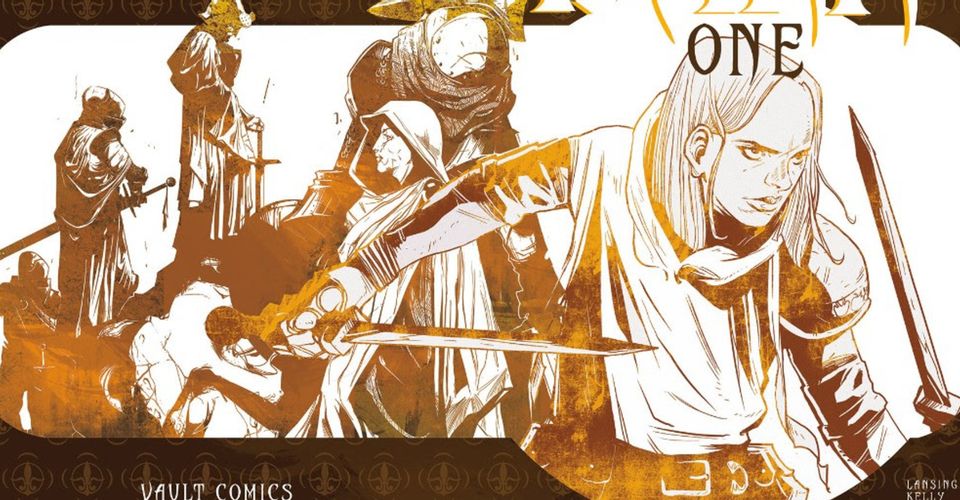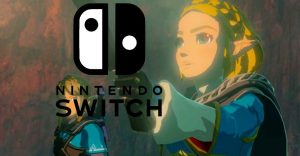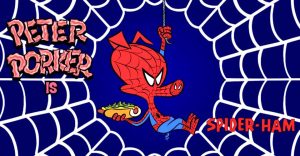Brandon Sanderson’s DARK ONE Lives Up to its Name

Brandon Sanderson is running out of time. Despite being one of the most successful and prolific names in speculative fiction, his brain generates too many ideas for a single mortal lifespan. It is no surprise that he has begun working with other artists to spin off some of his genius into graphic novel form. Dark One is his best such collaboration yet.
Brandon Sanderson obtained the idea for Dark One while finishing Robert Jordan’s The Wheel of Time series after the author’s death, however the book is not connected to Jordan’s in any way. It also does not appear to be connected to Brandon Sanderson’s Cosmere universe (sorry Hoid fans). This means that one can read it without having read any of Sanderson’s other works.
Dark One follows the story of Paul Tanasin, a troubled teenager from New York City. Paul was born to become “The Dark One” – the perpetual antagonist of the world of Mirandus (possibly a Tempest homage). Seeing constant visions of an alternate world (as well as the ghost of a sister he never had), Paul believes he is insane until the Kingdoms of the Light decide to make a preemptive strike against their enemy. Killing (well, sort of killing) their assassin transports Paul to Mirandus, where he sets about breaking the rules of what the Dark One ought to be (including befriending the warrior daughter of the Chronicle King). However, players on both Mirandus and Earth have their own plans. As Paul unwillingly gathers worshipful followers, and the court intrigue of the Kingdoms of the Light grows increasingly deadly, it is unclear how much the Dark One can escape his destiny.

Meanwhile. in New York, Lin Yang-Tanasin, Paul’s mother, is in her own struggle with evil, as she is tasked by her law firm partners (or perhaps someone more powerful) with obtaining a plea deal for a serial killer – a serial killer who knows more about Lin and Paul’s past than even herself.
Sanderson’s last graphic collaboration, White Sand, was originally written as a prose novel. Dark One, however, was always intended for a visual media. This is to Dark One’s benefit as it moves at a much faster pace than White Sand (“action-packed” may be a cliché, but it applies here). The story translates well to a visual medium without the need for excessive text explanations. The art is beautiful, dark, and violent.
Also unlike White Sand, the project was a true collaboration, with Sanderson providing only a 60-page outline to the Vault team, rather than the nearly-finished novel of White Sand. This might explain why the story is much less optimistic and its protagonist less ethically uncompromising than Sanderson’s usual work. One might be tempted to say it approached nihilism in a way reminiscent of Frank Miller’s The Dark Knight Returns, though this is not quite the case. However, the very title of work warns against hoping for a happy ending, either for the involuntary villain Paul or the fallen heroes of the Kingdoms of Light.

The story still has plenty of Sanderson’s fingerprints, however. Typical for a Sanderson work, there is extensive meta-narrative discussion on the role of art in life, destiny, and morality. The religion of the Mirandus is based around adherence to “The Narrative,” with the White Wizard/the Destined One being charged with fulfilling the Narrative to ensure the Dark One’s defeat. The chapters in the book are also separated by a series of interludes displaying different methods of storytelling on Mirandus (campfire play, garden statuary, and Shakespearean-style tragedy), and how these shape the various cultures that inhabit the land. Though a bit on the nose, these metaphors ask whether a person’s story is something imposed on them from the outside or something created by their choices. More importantly, it asks if the stories people tell make them better people. Do we create villains just so we can feel like heroes? Dark One doesn’t strive to answer these questions directly, but it does encourage its readers to answer them for themselves.
There are a few minor hurdles for readers. As is usual in the first installment of a Sanderson epic, the magic system is partially explained, but the characters are able to do things with magic that indicate further explanation will be provided in future issues; this is only “Book One” after all. Those unfamiliar with Sanderson might also get lost during a series of flashbacks, not realizing that in typical Sandersonian fashion he is leaving breadcrumbs to future books. Fans of Sanderson might be surprised by the level of graphic violence; not that the author has avoided violence in his prose, but there is a significant difference in reading about violence and seeing fifteen serial killer victims on a single page. Overall, however, the book is a worthy read for fans of Sanderson and fans of graphic novels alike.
Dark One is published by Vault Comics and will be released in hardcover on September 5th. However, readers who pre-order the hardcover direction from Vault’s website have already received an advance eBook copy. In addition to Sanderson, the novel is written by Jackson Lanzing and Collin Kelly, drawn by Nathan Gooden, and colored by Kurt Michael Russell.
About The Author

















